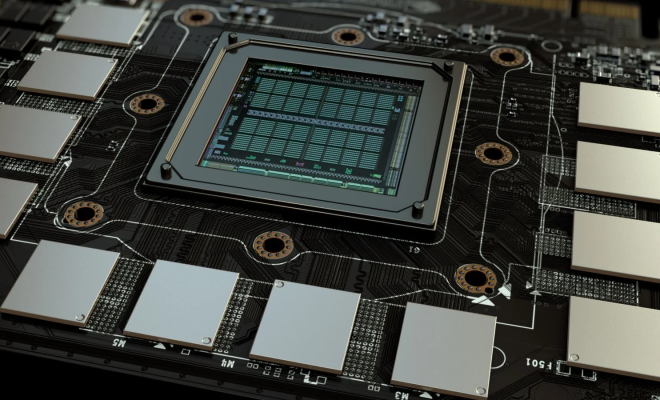What is VRAM?

Virtual Random Access Memory, more commonly known as VRAM, is an essential component of a computer’s graphics processing unit (GPU). It is a type of memory that is specifically designed to handle data for display purposes.
In simple terms, VRAM is responsible for storing and providing quick access to the visual data that is sent to your computer’s monitor. This includes images, videos, and other graphics-intensive content that requires a large amount of processing power.
VRAM is a type of memory that is separate from the main memory (also known as RAM) in your computer. This separation of memory is necessary because the GPU requires faster and more specialized memory for processing complex graphics. VRAM is also optimized for parallel processing, which allows for faster and more efficient rendering of images and videos.
The amount of VRAM in a GPU can vary depending on the model and manufacturer. Higher-end GPUs typically have more VRAM, which allows them to handle more complex graphics and provide smoother performance. VRAM is also an important consideration for gamers and other users who require high-quality graphics performance.
One notable feature of VRAM is that it is not volatile, meaning that it can retain data even when the computer is turned off. This is important for users who require consistent graphics performance without the need to reload data every time the computer is turned on.
In conclusion, VRAM is a crucial component for providing high-quality graphics performance in modern computers. Its specialized design and optimized processing capabilities allow for faster rendering of complex images and videos. As we continue to see advancements in graphics technology, VRAM will continue to play a key role in delivering stunning visual experiences to computer users.






